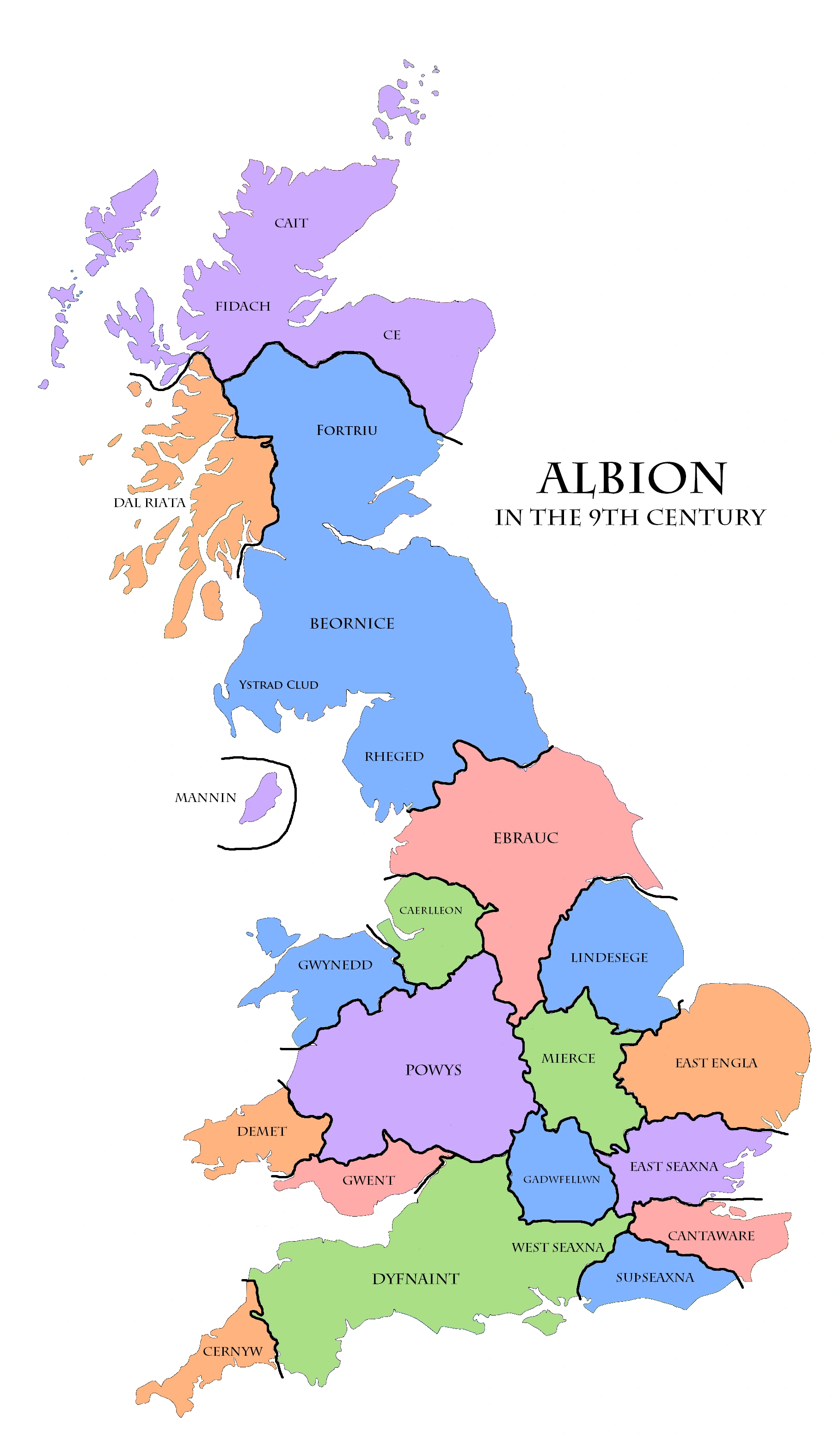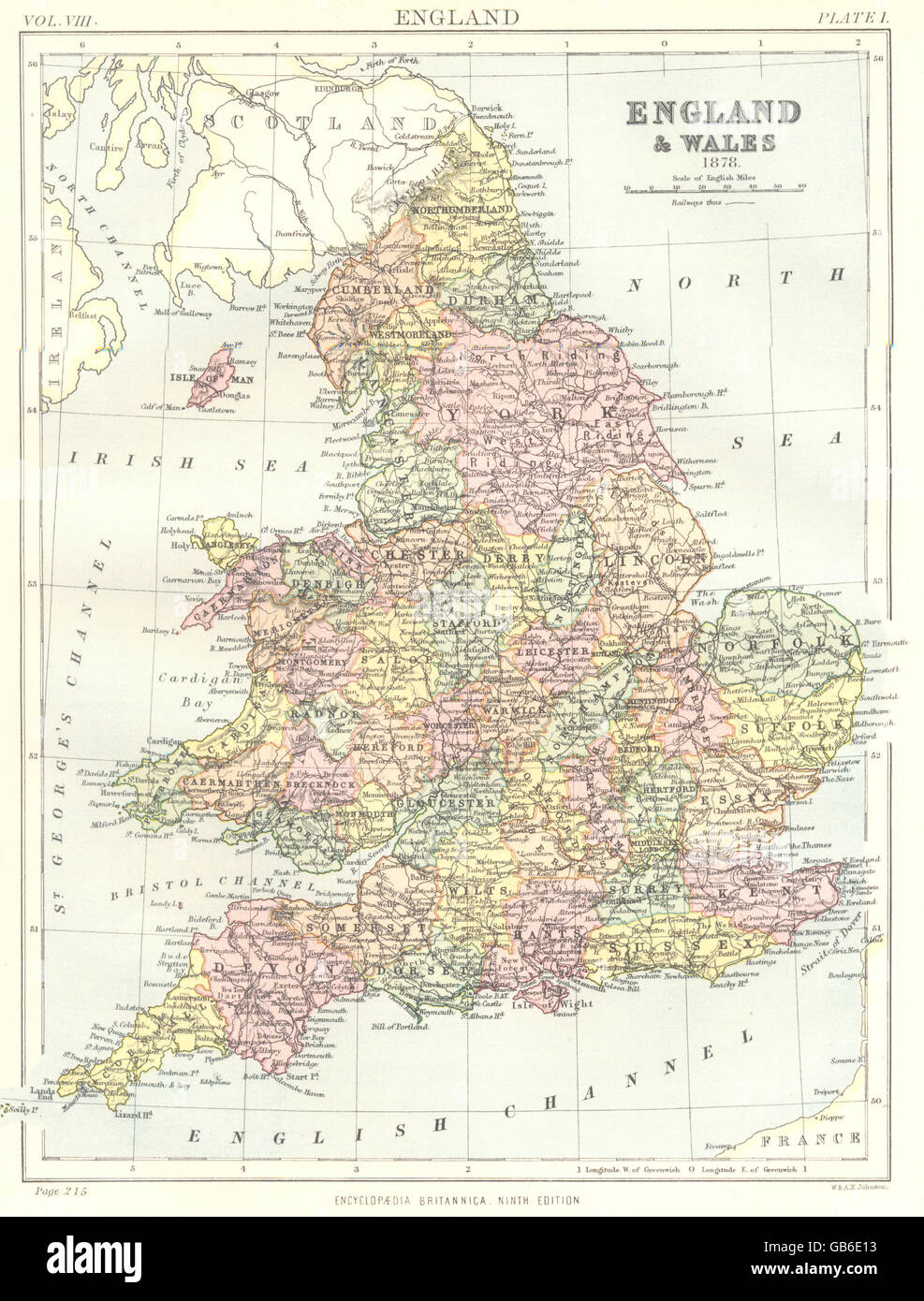9th Century England Map. These five crucial locations included Leicester, Nottingham, Derby, Stamford and Lincoln, which by the ninth century were under the sway and control of the Vikings. The legend has yellow as representing Wessex and its immediate dependencies. The Carolingian Renaissance and the Viking raids occurred within this period. A successful warrior (which is a given for anyone in those days who managed to hold onto power for so long), he defeated kings in Sussex, Anglia, and Wessex, proclaiming himself King of the English. Southern England in the Ninth Century home / questions / timeline / on this day / people / maps / texts. A plus-sign marks the site of battles.

9th Century England Map. The legend has yellow as representing Wessex and its immediate dependencies. The name Wessex is an elision of the Old English form of "West Saxon.". A successful warrior (which is a given for anyone in those days who managed to hold onto power for so long), he defeated kings in Sussex, Anglia, and Wessex, proclaiming himself King of the English. Southern England in the Ninth Century home / questions / timeline / on this day / people / maps / texts. It is believed that the map was commissioned by a wealthy patron who wanted to have a visual representation of the country. A large-scale map of southern England (up to the Humber), showing the then settlements and political divisions, including the line of the Alfred-Guthrum treaty.. [List of Maps] Map drawn by Reginald Piggott for Simon Keynes: Historical map archive sorted chronologically. 9th Century England Map.
A large-scale map of southern England (up to the Humber), showing the then settlements and political divisions, including the line of the Alfred-Guthrum treaty.. [List of Maps] Map drawn by Reginald Piggott for Simon Keynes: Historical map archive sorted chronologically.
A plus-sign marks the site of battles.
9th Century England Map. The Carolingian Renaissance and the Viking raids occurred within this period. It is believed that the map was commissioned by a wealthy patron who wanted to have a visual representation of the country. The five boroughs of Danelaw were the five most important towns existing under Danish law and customs, located in the territory of Danish Mercia. The map was created using ink and parchment, which were the standard materials used during that time. The name Wessex is an elision of the Old English form of "West Saxon.". The legend has yellow as representing Wessex and its immediate dependencies.
9th Century England Map.










